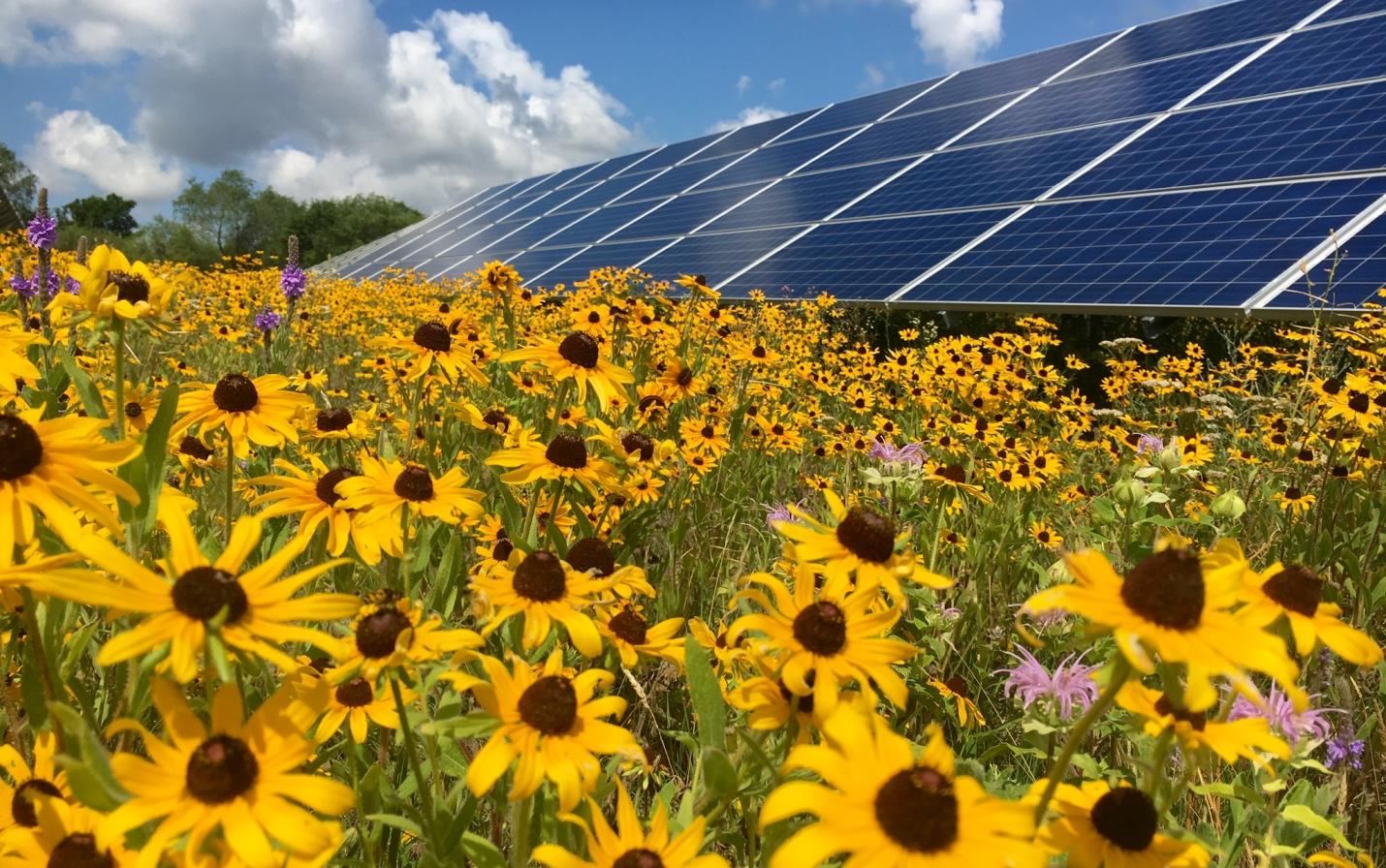
The Environmental Protection Agency (EPA) took a step backward from progress on fighting climate change with the approval of another summer’s use of 15 percent (E-15) ethanol blend in gasoline.
EPA and ethanol supporters in the corn industry (most of the ethanol is made from corn) say the move will help consumers with lower fuel prices by bolstering supplies, which, of course, it will. But critics say the move will only prolong the wasteful use of highly productive farmland to supply a product that generates more greenhouse gasses than the fossil fuel it replaces, according to a study headed by University of Wisconsin researchers.
“The EPA’s original estimates suggested that U.S. land use change would sequester carbon and help improve the carbon footprint of ethanol. But in retrospect, we now know it did just the opposite,” according to Tyler Lark, one of the researchers. “Rather than reduce the carbon intensity of ethanol to 20% lower than gasoline, it looks like it actually increases it to that much higher than gasoline.”
Nonetheless, the pressure to continue and even increase the ethanol mandate from agricultural interests continues. Wisconsin ranks ninth among ethanol producing states in the country, with nine ethanol plants producing over 500 million gallons each year, according to the Wisconsin Corn Growers Association. These plants use about 37 percent of the state’s corn crop. Ethanol production in the state is a $4.2 billion business.
Clean Wisconsin, the nonprofit advocate for clean water and air in the state, has asked why should a million acres of farmland in Wisconsin be dedicated to producing corn for ethanol when there are far more efficient ways to produce energy for transportation?
Paul Mathewson, one of the Clean Wisconsin study authors, said the study's key finding is that a solar farm can produce 100 times the energy of a comparably-sized field planted with corn for ethanol, after all energy inputs are included. Those inputs include the cost of building and installing solar panels, and growing, harvesting, transportation and processing costs for ethanol.
What's important, Mathewson said, is that the study highlights how little land — about 3 percent of the state's agricultural land — would be needed to meet the state's future solar energy needs.
As appealing as this appears, especially as an endorsement for solar-produced electric power for transportation, it is unlikely to prompt any quick abandonment of corn-based ethanol.
As long as policies such as the requirement for ethanol in gasoline continue to heavily support corn prices farmers will plant it wherever it has places to grow, regardless, in some cases, of the damage it does to the land and waters by erosion and chemicals.
“While some conservation improvements, like reduced tillage or cover crops, can help ease corn’s impact on water quality, corn is difficult to grow in some parts of Wisconsin without causing water pollution issues,” said Mathewson.
Clean Wisconsin’s questions have been raised as costs of government programs, including costs for supporting corn growers, are under scrutiny as the federal government prepares a new five-year farm bill. For example, a recent analysis shows that crop insurance payments to farmers are up more than 400 percent for drought-related losses and nearly 300 percent for losses from rains and flooding, from 1995 to 2020. The USDA Economic Research Service has estimated costs of the insurance program will go up as much as 37 percent in the coming decades. So premiums, about 60 percent of which are paid by taxpayers and the rest by farmers, are increasing as are the extreme weather events that are driving the costs. Critics will say that the insurance program needs to be reformed to encourage farmers to become more resilient to extreme weather from climate change.
A no-till farming advocate warned after the UW report on ethanol last year that if public opinion turns against ethanol farmers could lose the ethanol mandate altogether.
Randall Reeder, a retired Ohio State University professor of agricultural engineering, was quoted in No-Till Farmers Magazine: "The National Corn Growers Association needs to face reality about ethanol … This research article (the UW report) is negative on ethanol because most corn ground is tilled… Somehow corn growers have to be convinced to switch to continuous no-till.”
This land use issue is playing out against the backdrop of an urgent need to slow global warming by stopping the burning of fossil fuels. And the need for dramatic change in how we power our cars grows as[SB1] a result. Electric vehicles don’t need ethanol, and land for that can be better used to produce food for a growing world population. In some cases, both food and energy can be produced on the same land if the practice of agrivoltaics is employed — the dual use of the land for both energy and farming. That’s something to look forward to as we seek solutions to climate change and more sustainable land use.
Dave Skoloda is a founding member of Mississippi Valley Conservancy and he continues to volunteer on the Conservancy's Communications Committee. Dave is also part of the Conservancy's Climate Working Group.